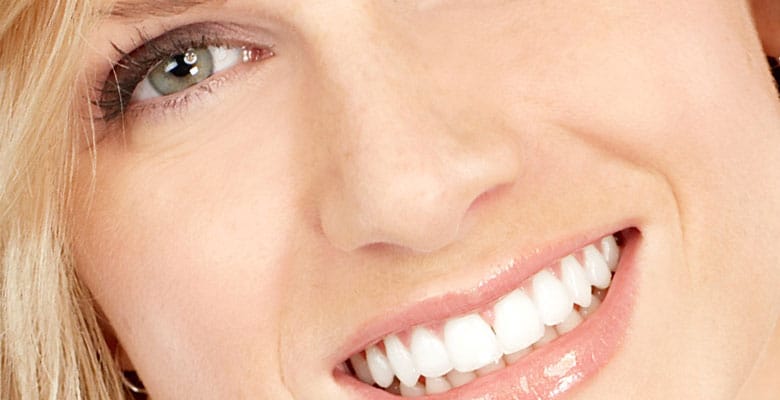When it comes to your smile, crooked, misaligned, and crowded teeth top the list of conditions the average person can’t wait to get rid of. They’re the kind of things you forget about or get used to, but every once in a while you get a reminder and begin to wonder, “Could I correct my teeth with Invisalign? Or would I need metal braces?” Stop wondering. Read on for a crash course on Invisalign, and acquire a much greater idea about the treatment options available for your smile.
What is Invisalign?
The basic principle of Invisalign relies on virtually invisible, thermoplastic retainers that look very similar to tooth whitening trays. When you receive Invisalign treatment, a number of retainers are made specifically for your teeth. This is done so they will gradually move your teeth in the direction determined by your dentist. For many patients, there are two primary benefits to the Invisalign treatment system, first — they’re virtually invisible. While you must where the Invisalign retainers for at least 20-22 hours a day, they can be removed when eating and drinking. This makes them far more convenient (and subtle) than traditional metal braces. The second greatest benefit of Invisalign is that the retainers are easy to remove. Popcorn kernel stuck? Piece of steak work its way into your teeth? With metal braces it might not be so easy, but with Invisalign in garden grove all you have to do is take out your retainers and floss like you normally would (or should).
How do you know if Invisalign will work for your teeth?
While Invisalign is convenient and virtually invisible, it can’t do everything that traditional metal braces can. Minor to moderate tooth movement is possible with the Invisalign system and just a little bit of discipline. However, major tooth movement are a bit trickier. If your dental “imperfections” require teeth to go major distances or rely on adjusting your bone or jaw structure, Invisalign might not be the best option.
Can you handle it?
This might sound like a strange question, but it’s an important one. Invisalign requires a patient that is mature both physically and mentally. That might sound confusing, so let me get right to the point: if you haven’t lost all of your baby teeth, you are out of luck. Invisalign can only be used by adults and some teenagers who have lost their baby teeth and gained their adult molars. Unfortunately for younger children, it’s still necessary to rely on braces. Then again, with the benefits of Invisalign appealing more to the image-conscious teenagers and adults — children tend to be just as happy with metal braces. As for mental maturity, it’s important to remember that responsibly wearing your retainers is essential. Your Invisalign retainers don’t magically straighten your teeth by sitting on your nightstand or in your bathroom drawer. They are also not Bluetooth — they don’t work on proximity. In fact, not wearing your retainers can drastically increase the time it takes to correct your smile.
Do you have questions?
When it comes to Invisalign, it’s impossible to answer every question. While we might have covered some of the most common questions, don’t forget — we’re here to help! Drop us a line today with any questions you might have about Invisalign.



